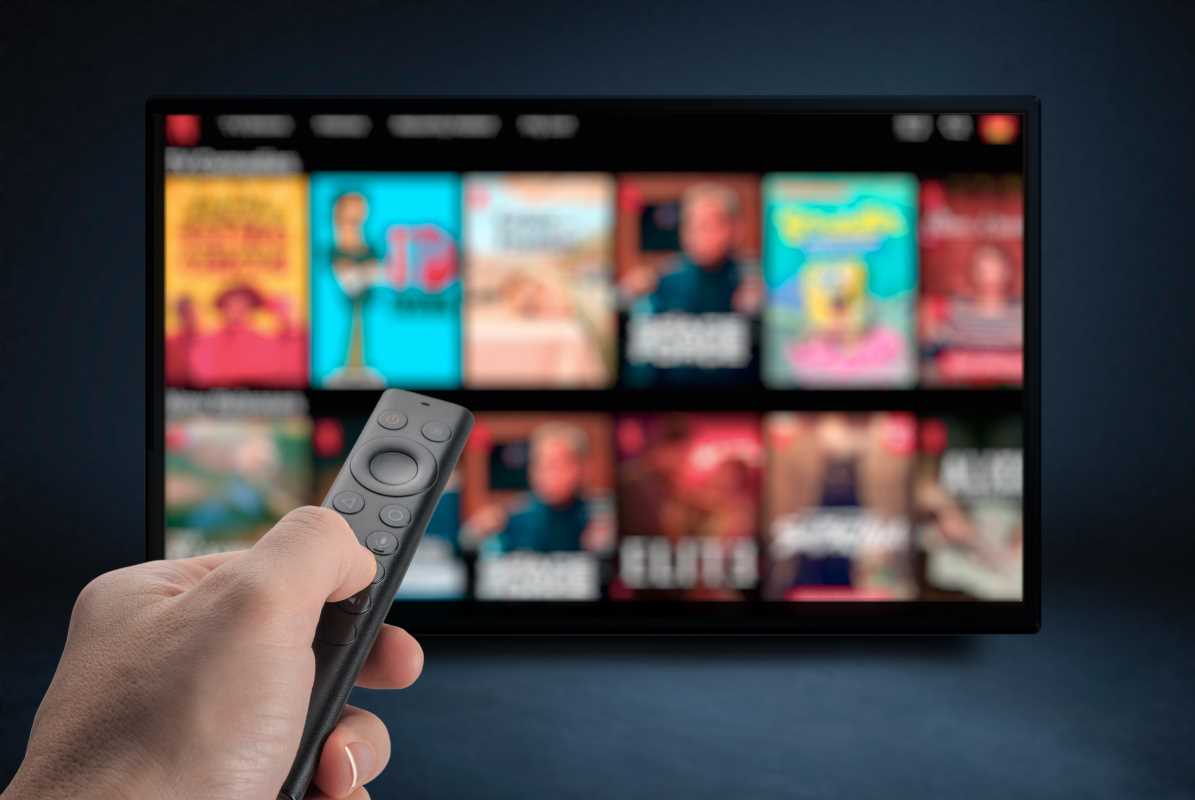Saving money can feel like a challenge, especially when life’s expenses keep piling up. It’s easy to put saving on the back burner, but automating your savings can change that. This approach is simple, effective, and perfect for anyone looking to build financial stability without extra stress. By setting systems to save money automatically, you’ll reach your goals faster and with less effort. No more relying on willpower or remembering to transfer funds each month. Automating removes the guesswork and helps you stay consistent. We're going to break down exactly how automated savings work, why they’re so beneficial, and practical steps to set them up. You’ll be amazed at how seamlessly savings can become part of your daily life.
What Is Automated Saving?
Automated saving means setting up systems where a certain amount of money gets moved into your savings account regularly without any action required on your part. It’s all handled automatically by your bank or financial app, so you don’t have to think about it.
You might arrange for your paycheck to be deposited $100 into your savings account every payday. Another option could be setting aside a percentage of every income deposit, like 10%. This method allows savings to grow steadily while reducing the temptation to spend that money instead.
Many banks or apps like Chime and Digit make setting up automated regular savings incredibly simple. These tools transfer money between your accounts on a schedule or even calculate what you can afford to save based on your spending patterns.
Benefits of Automating Your Savings
1. Builds the Habit of Saving
Creating habits takes effort, but automation makes saving effortless. Once the system is set up, it operates in the background so you don’t have to remember or debate saving each month. Instead of manually transferring funds, it becomes a structured routine, promoting disciplined financial practices with zero maintenance.
2. Reduces Temptation to Spend
Money deposited directly into savings is less likely to be spent impulsively. By automating transfers just after payday, the cash is out of sight and out of the account you see regularly. This makes it easier to stick to your budget without feeling like you're depriving yourself.
Suppose you earn $2,000 each month and set up an automated transfer of $200 to savings. That $200 is no longer sitting in your checking account waiting to be spent.
3. Helps You Achieve Goals Faster
When savings are automated and consistent, financial goals feel much more attainable. Goals like saving for a vacation or creating an emergency fund become clear targets rather than vague ideas. Once the routine is active, every automated deposit brings you a step closer to reaching them.
Visualizing progress with tools like savings trackers adds even more motivation. Watching your vacation fund inch closer to $3,000 or your emergency stash hit three months of expenses gives you a sense of accomplishment.
4. Eases Financial Stress
Trying to remember to save or feeling guilty for not saving enough adds unnecessary pressure to your life. Automation removes that emotional burden. Instead of worrying about falling behind, you can rest assured knowing the system is working toward your goals.
5. Adapts to Your Priorities
Automation isn’t a one-size-fits-all solution. It can be tailored to match your specific goals and financial situation. Adjust the size and frequency of your contributions depending on your income and priorities. You can even set up savings in multiple categories, like splitting funds between retirement, vacations, and emergency savings.
Programs like Betterment or Ally Bank allow users to allocate funds toward specific goals through automation, building flexibility to fit unique needs.
How to Start Automating Your Savings
1. Determine Your Savings Goals
Setting clear goals is key to making automated savings meaningful. Identifying why you’re saving (and how much you’ll need) creates purpose and focus.
Common goals might include building a $1,000 emergency fund, stashing away 10% of each paycheck for retirement, or saving $500 for holiday shopping. Breaking goals into smaller benchmarks helps them feel more achievable over time.
2. Audit Your Monthly Budget
Review your finances to make sure you’re not overcommitting while automating. Figure out how much of each paycheck you can comfortably save without straining essential expenses.
If you need clarity, start with small transfers, like 5% of each deposit or $20 a week. Once those savings feel manageable, increase the amount as your budget allows. Apps like Mint or YNAB (You Need a Budget) can help visualize this process.
3. Set Up Automatic Bank Transfers
Most banks allow you to schedule recurring transfers online or through their mobile apps. Schedule these transfers to occur shortly after payday so the money is allocated to savings before your spending begins.
Assign $50 weekly transfers into a separate high-yield savings account for long-term goals. Keep short-term funds closer (like savings for an upcoming event) in easily accessible accounts.
4. Consider Specialized Savings Apps
Apps designed for automated savings provide additional benefits. Programs like Digit calculate what you can save safely without impacting your monthly expenses. Acorns rounds up spare change from your purchases and deposits it into savings or investment accounts.
These tools are ideal for individuals who want automation but need guidance in setting realistic savings amounts based on daily activity.
5. Use Employer-Sponsored Options
Some workplaces offer direct deposit options that divide paychecks between checking and savings accounts. Taking advantage of this setup is one of the simplest ways to automate. Every payday, money will automatically move toward your savings.
6. Review and Adjust
Automation doesn’t mean setting everything and forgetting forever. Monitoring progress is key to staying on track. Evaluate how much you've saved every few months and adjust based on new goals or income changes.
Suppose your take-home pay increases by 10%. You could bump up your automated savings by another $50 or $100 monthly to stay aligned with your objectives.
 (Image via
(Image via
.jpg)




